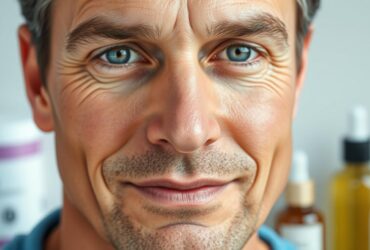Unlocking Strength: The Role of Testosterone Therapy in Muscle Growth
In the ever-evolving landscape of fitness and health, the quest for optimal muscle growth remains a captivating journey for athletes, bodybuilders, and fitness enthusiasts alike. Among the myriad of strategies and supplements vying for attention, testosterone therapy has emerged as a topic of significant interest. This article delves into the intricate relationship between testosterone and muscle development, examining the potential benefits, risks, and controversies of this therapy. As we decode the complexities of hormone replacement, we aim to provide a nuanced understanding of how testosterone can influence not just our physical strength, but also our approach to wellness and vitality. Whether you’re a seasoned lifter or simply curious about the science behind muscle growth, join us as we explore the promising yet contested arena of testosterone therapy.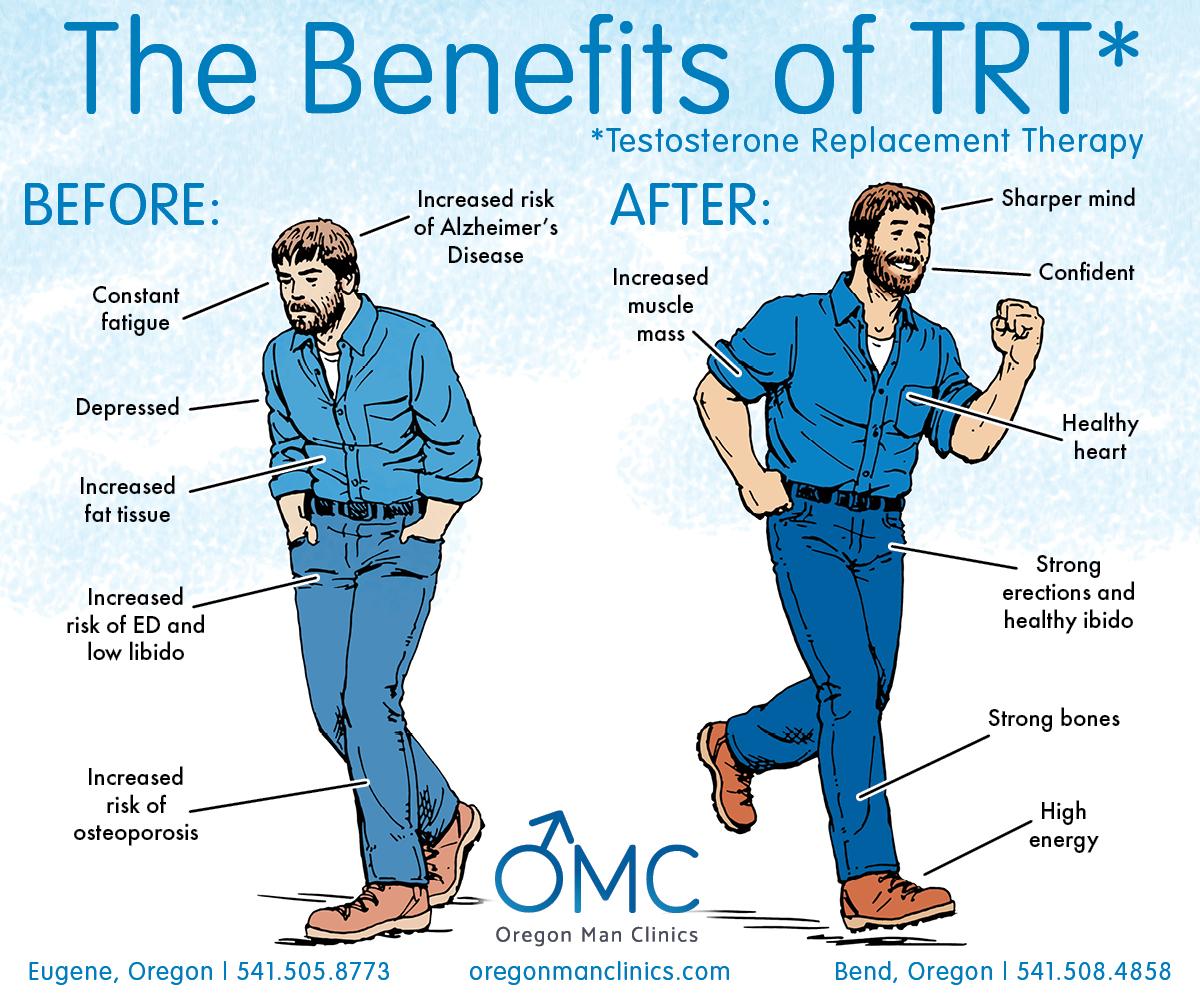
Understanding Testosterone and Its Role in Muscle Development
Testosterone is a crucial hormone that plays a significant role in muscle development and overall bodily function. It is primarily produced in the testes in men and the ovaries in women, with smaller amounts secreted by the adrenal glands. As an anabolic steroid, testosterone promotes several physiological processes that contribute to muscle growth, including:
- Protein Synthesis: Testosterone enhances the body’s ability to synthesize proteins, which are the building blocks of muscle tissue.
- Muscle Fiber Growth: Higher testosterone levels stimulate the hypertrophy of muscle fibers, increasing their size and strength.
- Recovery and Repair: This hormone aids in quicker recovery from exercise, allowing for more intense and frequent training sessions.
Moreover, testosterone influences fat distribution, bone density, and even mood, all of which can impact workout performance and recovery. In the context of testosterone therapy, many athletes and bodybuilders consider supplementation to reach optimal hormonal levels for enhanced muscle growth. A simple overview of how testosterone therapy can affect muscle development includes:
| Aspect | Impact of Testosterone Therapy |
|---|---|
| Muscle Mass | Increased muscle mass due to enhanced protein synthesis. |
| Strength | Improved strength and power during workouts. |
| Fat Loss | Reduction in body fat percentage, leading to better muscle definition. |
| Energy Levels | Higher energy levels and reduced fatigue, enhancing workout endurance. |
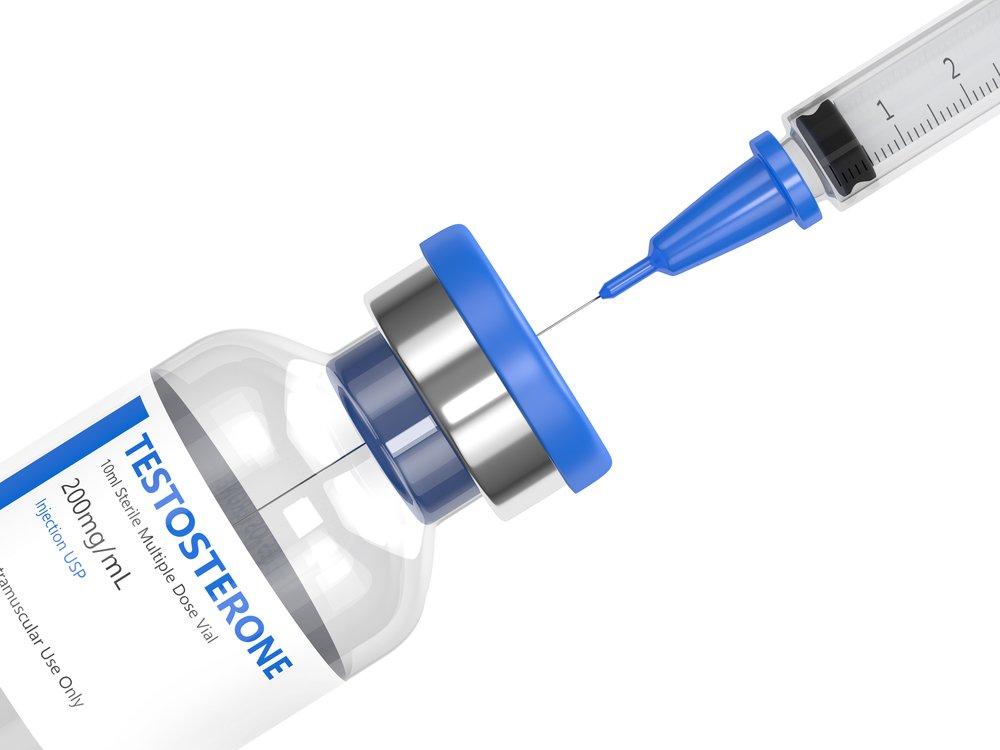
The Science Behind Testosterone Therapy and Muscle Hypertrophy
Testosterone, a potent anabolic hormone, plays a crucial role in the regulation of muscle mass and strength. When introduced through therapy, testosterone levels can significantly influence muscle hypertrophy—the process by which muscle fibers grow in size. Enhanced testosterone levels improve protein synthesis and nitrogen retention, essential elements for muscle recovery and growth. As a result, individuals undergoing testosterone therapy often experience increased muscle size and strength, allowing them to engage in more intense training without the typical fatigue associated with conventional workouts.
Moreover, the relationship between testosterone and body composition cannot be understated. Studies have shown that appropriate testosterone therapy can lead to a decrease in fat mass, promoting a leaner physique. This dual-action—muscle gain coupled with fat loss—creates an optimal environment for athletes and fitness enthusiasts aiming to enhance their performance. Key benefits of testosterone therapy include:
- Increased muscle mass: A direct correlation between testosterone and muscle growth.
- Enhanced recovery: Shorter recovery times between workouts.
- Improved strength: Increased lifting capacity and overall power.
- Better energy levels: Reduced fatigue during and after exercise.
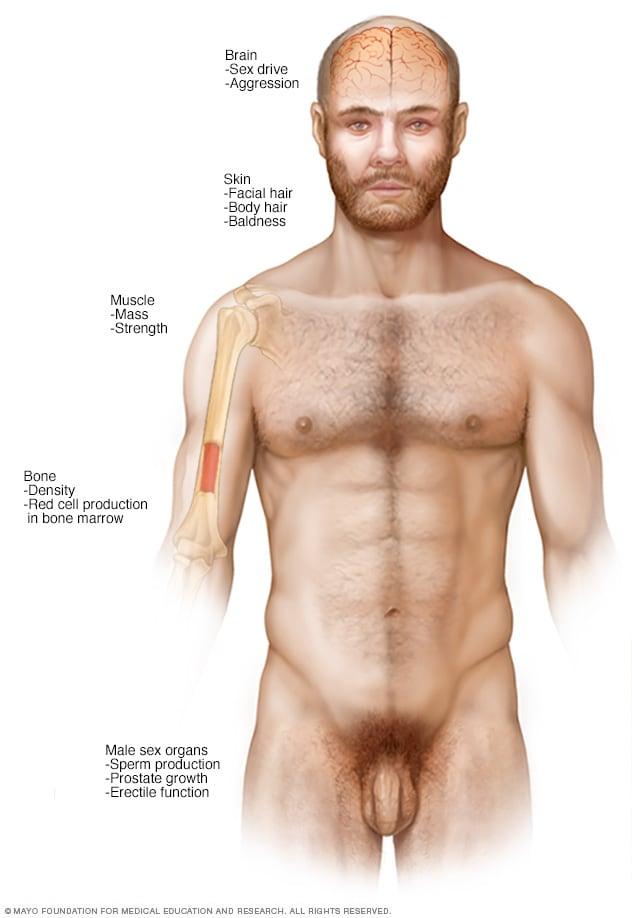
Identifying Candidate Profiles for Testosterone Therapy
When considering testosterone therapy, it is crucial to identify individuals who may benefit from enhanced muscle growth. Key characteristics of suitable candidates typically include:
- Age: Adults, particularly those over 30, as testosterone levels naturally decline with age.
- Symptoms: Presence of symptoms such as reduced muscle mass, fatigue, and decreased libido.
- Medical History: A history of conditions like hypogonadism or other hormonal imbalances.
- Body Composition: Individuals with a higher percentage of body fat, which may correlate with lower testosterone.
Testing is also a vital step in the candidacy assessment for testosterone therapy. The following blood tests are often recommended:
| Test Type | Purpose |
|---|---|
| Total Testosterone | Measures the overall testosterone levels in the blood. |
| Free Testosterone | Determines the bioavailable testosterone for muscle growth. |
| SHBG | Assesses sex hormone-binding globulin that affects testosterone availability. |
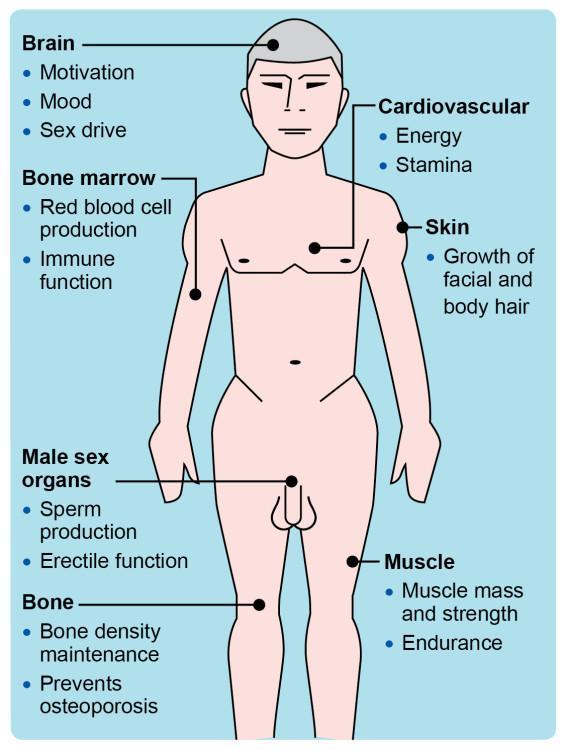
Balancing Benefits and Risks: What You Need to Know
Testosterone therapy can offer significant advantages for individuals seeking muscle growth, particularly for those dealing with hormonal imbalances. Increased muscle mass, enhanced strength, and improved metabolic health are some of the primary benefits associated with this therapy. Patients often experience faster recovery times after workouts, enabling them to train harder and more frequently. Those considering this option should remember that individual responses to therapy may vary, and monitoring by healthcare professionals is essential to optimize results.
However, embarking on testosterone therapy is not without its potential downsides. Users may encounter hormonal fluctuations, which can lead to side effects such as mood swings, acne, or hair loss. Long-term use raises concerns about risks such as cardiovascular issues and changes in liver function. It’s crucial to weigh these risks against the benefits and to engage in thoughtful discussions with medical professionals. Understanding both sides empowers individuals to make informed choices regarding their health and fitness goals.
Integrating Testosterone Therapy with Nutrition and Exercise
Successfully combining testosterone therapy with a tailored nutrition and exercise regimen can amplify muscle growth and enhance overall fitness. A well-balanced diet rich in protein, healthy fats, and complex carbohydrates provides the essential nutrients needed to support muscle synthesis and recovery. Key nutritional components include:
- Lean meats: Chicken, turkey, and fish for protein.
- Nuts and seeds: Sources of healthy fats and protein.
- Whole grains: Quinoa and brown rice for sustained energy.
- Fruits and vegetables: Rich in vitamins, minerals, and antioxidants.
Incorporating strength training exercises at least three times a week further enhances the effects of testosterone therapy. Focus on compound movements that engage multiple muscle groups, such as:
- Squats: Great for building lower body strength.
- Deadlifts: Excellent for overall muscle activation.
- Bench presses: Targeting chest, shoulders, and triceps.
- Pull-ups: Strengthening the back and biceps.
Achieving muscle growth is not solely dependent on therapy but requires a holistic approach:
| Element | Importance |
|---|---|
| Testosterone Therapy | Boosts muscle protein synthesis |
| Nutrition | Provides building blocks for muscle growth |
| Exercise | Stimulates muscle adaptation and strength |
Monitoring Progress and Adjusting Treatment Protocols
To effectively maximize the benefits of testosterone therapy for muscle growth, consistent monitoring of progress is crucial. Frequent assessments allow for a detailed evaluation of key indicators such as strength gains, body composition changes, and overall performance. A comprehensive approach may include:
- Regular blood tests: Check testosterone levels, hematocrit, and other relevant markers.
- Strength assessments: Track performance in key exercises over time.
- Body measurements: Monitor muscle mass changes and body fat percentage.
Adjusting treatment protocols based on data collected is equally important to ensure optimal results. These modifications can range from altering dosage to changing the administration route or incorporating additional supportive therapies. Consider the following strategies:
- Dosage adjustments: Increase or decrease based on individual response and lab results.
- Incorporating supplements: Add nutrients that could enhance recovery and muscle growth, such as omega-3 fatty acids or creatine.
- Consulting specialists: Work with healthcare providers to evaluate the effectiveness of the treatment plans regularly.
Exploring Alternative Approaches to Optimize Muscle Growth
In the pursuit of optimizing muscle growth, many individuals have started to explore testosterone therapy as a viable option. This therapy aims to restore testosterone levels, which are crucial for muscle development and overall physical performance. The underlying principle is that enhancing testosterone can lead to increased protein synthesis, resulting in greater muscle mass and strength. Key benefits of testosterone therapy may include:
- Enhanced Muscle Protein Synthesis: Increased ability of muscles to build proteins.
- Improved Recovery: Reduced muscle soreness and faster recovery times post-exercise.
- Increased Energy Levels: Higher energy, leading to more effective workouts.
- Boosted Metabolism: Enhanced fat loss and improved body composition.
However, like any treatment, testosterone therapy must be approached with caution, considering the potential side effects. It is essential to consult with healthcare professionals before starting therapy. Monitoring hormone levels ensures that any treatment is both safe and effective. In addition to therapy, individuals might consider natural approaches such as:
- Regular Strength Training: Engaging in consistent resistance workouts.
- Nutrition Adjustments: Emphasis on protein-rich foods and adequate calories for muscle repair.
- Quality Sleep: Prioritizing sleep to optimize recovery and hormone production.
| Approach | Benefits |
|---|---|
| Testosterone Therapy | Increased muscle mass and recovery |
| Strength Training | Stimulates muscle growth |
| Nutrition | Supports muscle repair and growth |
| Sleep | Enhances hormone production and recovery |
Q&A
Q&A: Exploring Testosterone Therapy for Muscle Growth
Q1: What is testosterone therapy?
A1: Testosterone therapy involves the administration of testosterone hormones to individuals who may have low levels of this critical hormone. It often comes in various forms, including injections, patches, gels, and pellets, and is commonly sought for different reasons, including addressing symptoms of low testosterone, enhancing mood, improving libido, and, notably for some, promoting muscle growth.
Q2: How does testosterone affect muscle growth?
A2: Testosterone plays a central role in muscle development. It aids in protein synthesis, stimulates the production of nitrogen, and can enhance the formation of red blood cells. By promoting an anabolic environment in the body, testosterone helps increase muscle mass and strength, making it an attractive option for those looking to boost their physical performance.
Q3: Who might benefit the most from testosterone therapy for muscle growth?
A3: Individuals with clinically diagnosed low testosterone levels, typically older adults or those with certain medical conditions, may benefit from therapy. Athletes and bodybuilders, especially those seeking to maximize their training results, may also consider it. However, it’s crucial to approach this option under medical supervision to ensure safety and effectiveness.
Q4: Are there risks associated with testosterone therapy for muscle growth?
A4: Yes, testosterone therapy is not without risks. Potential side effects include acne, increased aggression, mood swings, sleep apnea, and cardiovascular issues. Long-term therapy may also affect fertility and lead to liver and prostate health concerns. Thus, comprehensive medical oversight is essential to mitigate these risks.
Q5: How do doctors determine if someone should undergo testosterone therapy?
A5: Physicians typically conduct a thorough evaluation, including a detailed medical history, physical examination, and blood tests to assess hormone levels. If low testosterone is confirmed alongside symptoms such as fatigue, decreased libido, or muscle loss, therapy may be recommended as an option.
Q6: Can testosterone therapy replace traditional muscle-building strategies?
A6: While testosterone therapy may enhance muscle growth, it should not be viewed as a substitute for conventional strength training, proper nutrition, and overall fitness practices. Exercise—particularly resistance training—combined with an appropriate diet remains the cornerstone of sustainable muscle development.
Q7: Are there legal and ethical considerations surrounding testosterone use?
A7: Absolutely. The use of testosterone, particularly in competitive sports, can raise significant ethical concerns. Many athletic organizations ban testosterone therapy without a legitimate medical need. Therefore, it’s vital for individuals to understand the rules governing their sport and to prioritize responsible and informed choices regarding hormone use.
Q8: What alternatives exist for those seeking to enhance muscle growth without hormones?
A8: For those looking to gain muscle without hormone therapy, alternative approaches include resistance training, balanced nutrition rich in protein, adequate hydration, rest and recovery, and possibly natural supplements like creatine or branched-chain amino acids (BCAAs). Each of these areas can contribute meaningfully to muscle-building goals without the need for hormone supplementation.
Q9: What should someone consider before starting testosterone therapy?
A9: Before beginning testosterone therapy, individuals should consider potential side effects, long-term health implications, and their overall physical goals. Open discussions with healthcare providers are crucial to navigate the therapy’s benefits and risks while evaluating their needs and desires within a structured, safe framework.
Q10: what are the takeaways regarding testosterone therapy for muscle growth?
A10: Testosterone therapy can be a valuable tool for certain individuals dealing with low testosterone levels, particularly when it comes to muscle growth. However, it is essential to approach it with caution, under medical supervision, and not as a shortcut to fitness goals. Understanding the comprehensive landscape of muscle development—including conventional methods and the potential for therapy—will empower individuals to make informed decisions aligned with their health and fitness aspirations.
Key Takeaways
testosterone therapy for muscle growth presents a complex and multifaceted topic that deserves careful consideration. While it undeniably holds the potential to enhance muscle development, energy levels, and overall vitality, it is equally crucial to approach this treatment with a discerning eye. The balance between benefits and risks can vary significantly from one individual to another, and the importance of professional guidance cannot be overstated. As science continues to delve deeper into the realms of hormonal therapy, ongoing research will undoubtedly shed more light on its long-term effects and optimal applications. For those contemplating this path, a holistic approach that includes lifestyle adjustments, nutritional support, and a commitment to fitness will always serve as the foundation for sustainable muscle growth. Ultimately, the journey toward strength and well-being is deeply personal, and understanding one’s own body is the first step toward achieving those goals.






